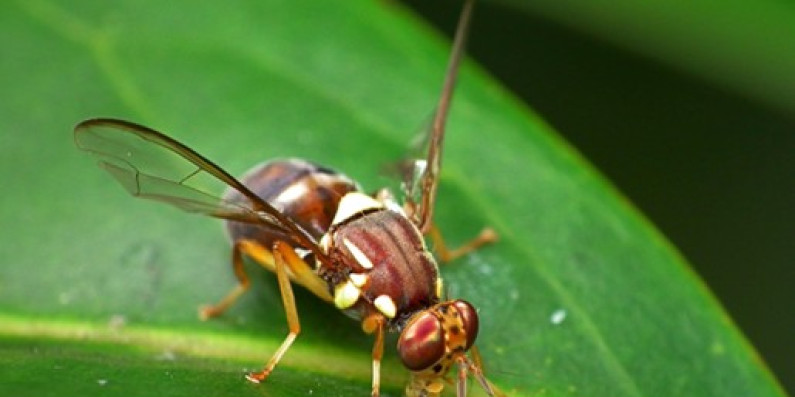Exotic and introduced pests are already headaches for some of our native species and our agriculture and horticulture industries. But climate change is now making their impact worse.
Actions on how to deal with these pests are part of our national adaptation plan, particularly in the - Natural Environment chapter (Chapter 6). There are a collection of critical actions run by Biosecurity New Zealand in the plan which include addressing risks related to invasive species such as the Queensland fruit fly. Addressing risks like this will help build climate resilience of ecosystems generally.
Climate change increases the chance of established pests spreading further, reproducing faster and having greater adverse impacts on biodiversity. It also increases the risk of new invasive pests and diseases becoming established. The Queensland fruit fly (Qfly) is one pest that’s likely to establish here because of changing climate conditions.
This insect can cause serious harm, making over 100 types of fruits and vegetables inedible. It’s seen as one of the most significant biosecurity threats to our horticultural industries.
In 2015, the first breeding population of Q-fly was detected in Auckland. The response to this detection resulted in the disposal of more than 530 tonnes of fresh produce, and the cost of the operation amounted to approximately $13.6 million. The ongoing national surveillance trap network (since 1986) has proven effective in detecting Q-fly early in Aotearoa, enabling a quick and immediate response to minimise the impacts on our environment and trade. About 7,900 traps in the national surveillance network have been placed throughout the country, in locations where there is a high risk that Q-fly will enter and become established. This initiative has helped prevent the establishment of a Q-fly population to date.
Ongoing research is essential in providing information on how to run surveillance programmes (including climate considerations) to inform future decisions.
Image: Ministry for Primary Industries
Further information and links:
